The fermentation of fish sauce is an ancient culinary tradition that spans across various cultures, particularly in Southeast Asia. At its core, this process relies heavily on the action of proteolytic enzymes—biological catalysts that break down proteins into smaller peptides and free amino acids. The result is a savory, umami-rich condiment that has been a staple in kitchens for centuries. Unlike modern industrial food production, fish sauce fermentation is a slow, natural process that harnesses microbial activity and enzymatic reactions to transform raw fish into a complex, flavorful liquid.
Proteases, the enzymes responsible for protein degradation, play a pivotal role in fish sauce production. These enzymes are either naturally present in the fish tissues or secreted by microorganisms involved in the fermentation. As the fish undergoes autolysis—self-digestion—proteases cleave large protein molecules into smaller fragments, releasing soluble nitrogen compounds that contribute to the sauce’s taste and aroma. The breakdown of proteins also generates free glutamic acid, a key component responsible for the umami flavor that makes fish sauce so distinctive. This enzymatic activity is highly dependent on environmental factors such as temperature, salinity, and pH, which must be carefully controlled to ensure optimal fermentation.
The traditional method of fish sauce production involves layering fish—typically small, oily species like anchovies—with salt in large wooden barrels or earthenware jars. The high salt concentration inhibits the growth of spoilage bacteria while allowing halophilic (salt-tolerant) microbes to thrive. Over months or even years, these microorganisms, along with endogenous fish enzymes, work synergistically to break down the fish proteins. The liquid that gradually accumulates is then drained, filtered, and aged further to develop its full flavor profile. This time-honored technique highlights the delicate balance between enzymatic action and microbial fermentation, a process that cannot be rushed without compromising quality.
Modern scientific studies have shed light on the specific proteases involved in fish sauce fermentation. Trypsin-like enzymes, for instance, are particularly active in the early stages, targeting specific peptide bonds in proteins. As fermentation progresses, other proteases, such as pepsin and chymotrypsin, take over, further degrading the proteins into smaller peptides and amino acids. The diversity of these enzymes ensures a thorough breakdown of fish proteins, contributing to the sauce’s rich and nuanced flavor. Researchers have also identified bacterial proteases from species like Bacillus and Staphylococcus, which are naturally present in the fermentation environment and enhance the proteolytic process.
One of the most fascinating aspects of fish sauce fermentation is how it transforms an otherwise perishable raw material into a stable, long-lasting product. The combination of salt and enzymatic activity not only develops flavor but also acts as a preservative. The high salt content reduces water activity, making the environment inhospitable for pathogenic bacteria, while the breakdown of proteins into smaller molecules lowers the risk of spoilage. This dual function of preservation and flavor development is a testament to the ingenuity of traditional food preservation techniques, which have been refined over generations without the need for artificial additives.
Despite its long history, fish sauce fermentation continues to evolve. Contemporary producers are experimenting with controlled fermentation conditions, such as adjusting temperature and salt levels, to accelerate the process without sacrificing quality. Some are even incorporating starter cultures of specific bacteria to standardize flavor profiles and reduce variability. However, purists argue that these modern interventions detract from the authenticity of traditionally fermented fish sauce, which owes its complexity to the unpredictable interplay of natural enzymes and microbes. The debate underscores the tension between innovation and tradition in food production.
The global demand for fish sauce has grown significantly, driven by the rising popularity of Southeast Asian cuisine. This has led to increased scrutiny of production methods, particularly concerning sustainability and food safety. Large-scale producers now face the challenge of maintaining quality while meeting regulatory standards. Some have turned to scientific advancements, such as enzyme-assisted fermentation, to streamline production. By adding exogenous proteases, they can reduce fermentation time and improve yield. However, critics argue that this approach may result in a less complex flavor compared to traditional methods, where the slow, natural breakdown of proteins allows for deeper flavor development.
From a nutritional standpoint, fish sauce is more than just a flavor enhancer. The proteolytic fermentation process releases essential amino acids, making it a valuable source of bioavailable nitrogen. It also contains minerals like calcium, phosphorus, and iodine, derived from the fish bones and tissues. While it is high in sodium, its intense flavor means that only small amounts are needed in cooking, mitigating concerns about excessive salt intake. For many communities, fish sauce is not just a condiment but a vital component of their diet, providing both taste and nutrition in a single ingredient.
The cultural significance of fish sauce cannot be overstated. In countries like Vietnam, Thailand, and the Philippines, it is more than just a kitchen staple—it is a symbol of heritage and identity. Traditional recipes are often passed down through generations, with each family or region boasting its own unique variation. The art of fermenting fish sauce is deeply intertwined with local customs and agricultural practices, reflecting a profound understanding of natural processes. Even as globalization introduces new culinary trends, the reverence for traditionally fermented fish sauce remains strong, a testament to its enduring appeal.
Looking ahead, the future of fish sauce fermentation lies in finding a balance between tradition and innovation. While scientific advancements can improve efficiency and consistency, the essence of fish sauce lies in its artisanal roots. Producers who embrace both old and new methods may be best positioned to meet the demands of a growing market without losing the soul of this ancient condiment. Whether made in a wooden barrel or a stainless-steel vat, the magic of fish sauce will always depend on the invisible work of proteases, quietly transforming humble fish into a culinary treasure.

By /Jul 14, 2025

By /Jul 14, 2025
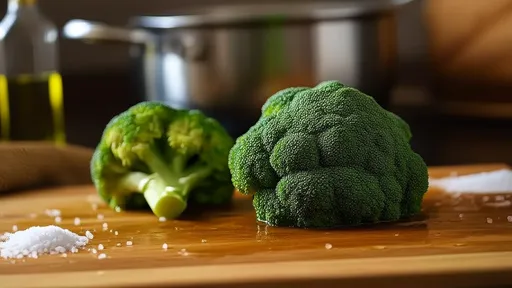
By /Jul 14, 2025
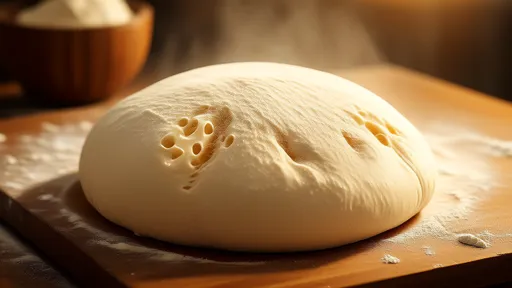
By /Jul 14, 2025

By /Jul 14, 2025

By /Jul 14, 2025
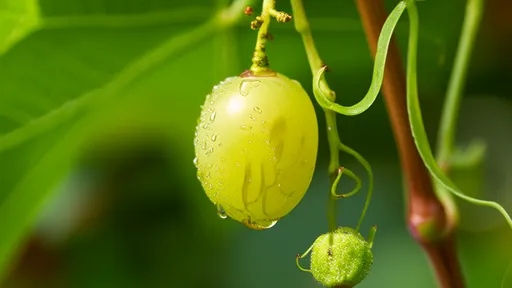
By /Jul 14, 2025
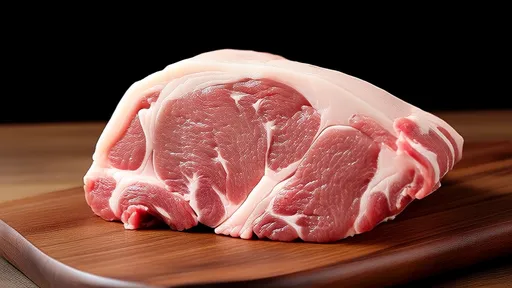
By /Jul 14, 2025
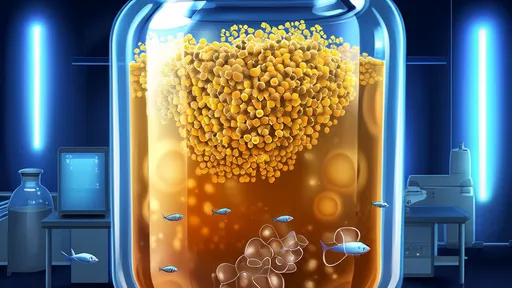
By /Jul 14, 2025
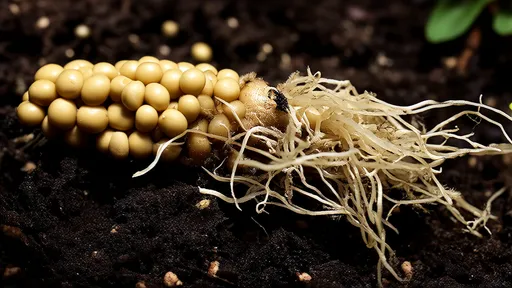
By /Jul 14, 2025

By /Jul 14, 2025
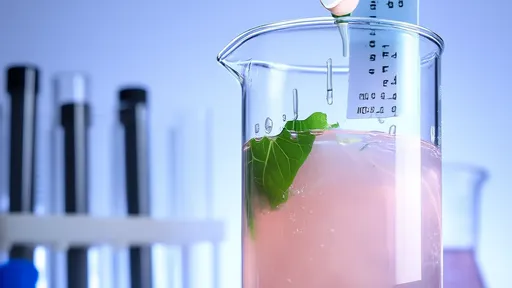
By /Jul 14, 2025
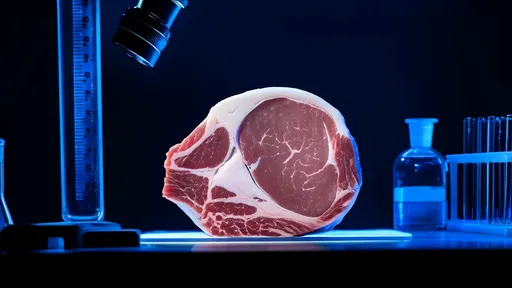
By /Jul 14, 2025

By /Jul 14, 2025
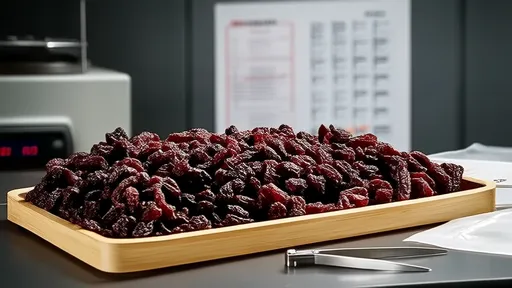
By /Jul 14, 2025

By /Jul 14, 2025

By /Jul 14, 2025
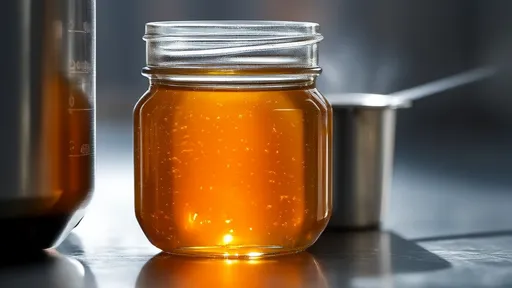
By /Jul 14, 2025